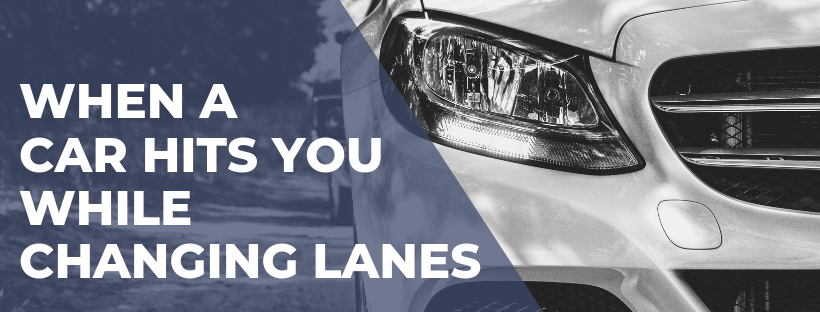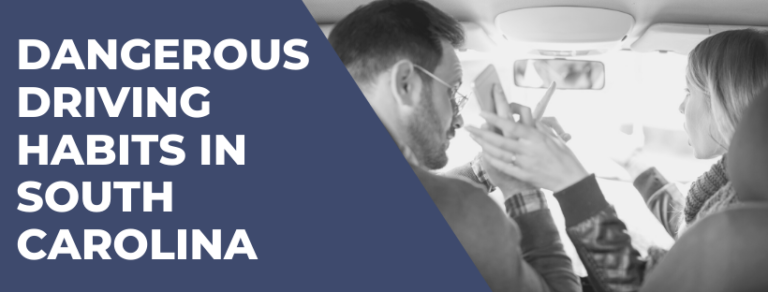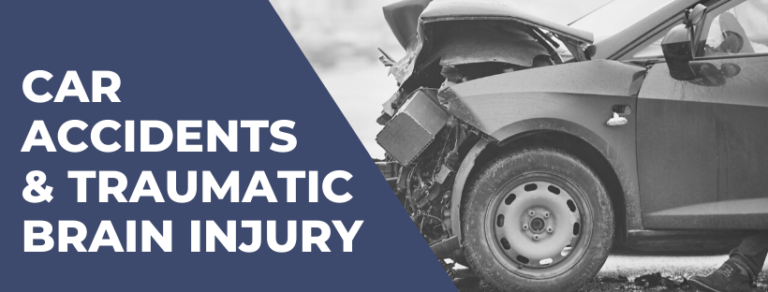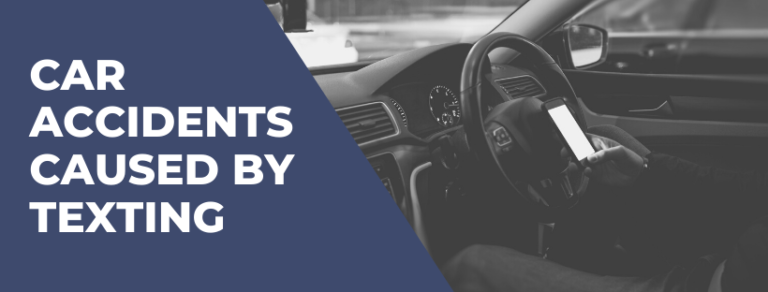Even the best and most experienced drivers may end up in a car accident at some point in their lives. It only takes a quick moment of distraction by one or all drivers involved to cause a severe crash — and equally serious injuries — and expensive property damage.
The first thing to evaluate immediately after an accident is the health and condition of those involved in the wreck. After that, you’ll likely wonder, “Who is at fault when a car hits you while changing lanes?”
Many accidents are pretty black and white — if a driver is intoxicated and rear-ends you or swerves head-on into your car, it’s clear they’re responsible. But in a car accident where a driver has changed lanes, such as a sideswipe accident, things get a little grey.
So who is at fault when a car hits you while changing lanes?
Determining Who Is at Fault
Before discussing who might be liable for your car accident, it’s worth explaining what fault is under South Carolina law.
Fault, also known as negligence, refers to a person’s failure to protect others from harm. In auto accident cases, fault is typically attributed to the driver who neglected to pay attention. This can comprise not paying attention to the road, failing to operate a motor vehicle safely, or disregarding state traffic laws.
However, not all parties involved in a car accident can be divided into “at fault” and “not at fault”. In many cases, both drivers may share a portion of the responsibility. Sometimes, neither party is responsible.
Let’s take a sideswipe accident as an example. As long as both cars were moving, they both played a role in the accident, and neither party might be willing to come forward and accept responsibility. If one driver sideswiped another vehicle because of a brake failure, neither party might be responsible — instead, liability could fall on the manufacturer.
This makes it difficult to definitively state who is at fault in a changing lanes car accident. In reality, the level of liability often varies between all parties involved.
When all parties share responsibility after a car hits you while changing lanes, the question isn’t just who’s at fault — it’s who is more responsible for the accident. This is a crucial factor when it comes to claiming compensation.
What Is an Improper Lane Change?
When a car hits you while changing lanes, you need to establish if it was improper. An improper lane change can be determined by right of way.
In simple terms, right of way is the right to proceed in preference of another vehicle.
For example, vehicles on an open road have right of way, which means they don’t have to stop or slow down to allow others onto the road.
In a lane change accident, the driver who entered or merged into a lane is usually at fault. Because the other vehicle has right of way, the merging driver must ensure they can change lanes safely before doing so.
If the driver didn’t use turn signals before changing lanes, this can be considered negligent and contribute to fault.
Figuring out who had right of way is a large part of determining fault and if you’re entitled to compensation.
What Happens When Both Drivers Are at Fault in a Changing Lanes Car Accident?
Both drivers may be liable if a car accident occurs while changing lanes. This can happen if both vehicles tried to merge lanes and sideswiped each other or if the driver already in the lane — with right of way — acted unlawfully.
Examples of this include:
- Going over the speed limit
- Driving excessively fast for the road conditions (such as inclement weather)
- Driving under the influence of drugs and/or alcohol
- Failing to turn on headlights
- Intentionally acting recklessly to prevent other drivers from merging into the lane
- Texting while driving.
In this scenario, the driver who made an improper lane change would be partly at fault for acting recklessly, but the driver with right of way could also be held liable for their negligent behavior.
You may still receive compensation if you want to file a personal injury claim but were partly liable for the accident.
Whether you can claim compensation when an accident was your fault depends on your state’s negligence laws. South Carolina has modified comparative negligence laws, which means that you can recover damages if you are found less than 51% at fault. If you are within this threshold, the compensation you’re entitled to will be reduced by your percentage of fault.
For example, let’s say you collided with another vehicle when you both changed lanes, and the other driver was talking on the phone.
Both of you are liable for the accident, so the question becomes, who was more at fault? A court hearing determines that the other driver has more responsibility because they were on the phone during the accident. The outcome is that you are 30% at fault.
Because the fault cap in South Carolina is 50%, you can claim compensation from the other driver. If your settlement is $50,000, you must surrender 30% of it based on your level of fault. You can then claim the remaining 70%, leaving you with $35,000.
Getting Compensation When a Car Hits You While Changing Lanes
If you’ve been in an accident where a car has hit you while changing lanes, you may be entitled to a payout to recover your medical bills and lost wages and to compensate you for pain and suffering.
The first step should be to call the police as soon as possible to document the scene. This will prove a vital document for your personal injury claim, as it helps to determine who is at fault for your accident. You should also seek medical attention to get treatment for your injuries. Don’t skip this step — even if you feel fine — as you could have a concussion. You might also have injuries that don’t show symptoms until later — having evidence of going to the doctor will help prevent the other party from claiming you sustained those injuries afterward.
Finally, speak to a personal injury lawyer. Our car accident lawyers in Greenville, SC, can recover evidence — such as accident reports and medical records — to secure expert testimony that helps prove fault, negotiate with insurance agents, and fight to secure the settlement you deserve.
Contact our dedicated personal injury lawyers in South Carolina today for help determining who is at fault for your changing lanes car accident.





